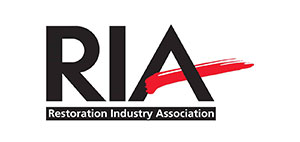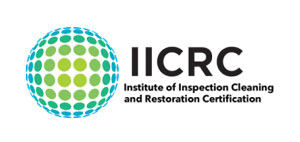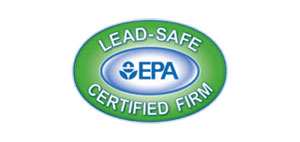Smoke inhalation is the top killer in fires, often more deadly than the flames. In homes and businesses, spotting fire-damaged drywall is key.
They can cause stains, discoloration, and bad smells. Smoke gets into the drywall’s pores, affecting air quality and the structure’s strength. This can lead to long-lasting health issues and damage.
Key Takeaways
- Smoke damage can cause staining, discoloration, and foul odors in drywall.
- Porous drywall often absorbs toxins impacting air quality and health.
- Wet smoke results from smoldering fires and leads to bad odors and stickiness.
- Experts conduct thorough checks of drywall for signs like discoloration, soot, and smells to assess damage.
- Professional assessment is crucial in determining whether drywall needs replacement or restoration.
Signs and Characteristics of Fire Damaged Drywall
Spotting fire damaged drywall starts with a close look. Look for charring, discoloration, and staining. Charring makes the surface look burnt or black. Discoloration shows as yellow or brown streaks, hinting at smoke or soot.
Also, check if the drywall is brittle or crumbling. This could mean it’s been exposed to too much heat.
Fire damaged drywall often has soot or smoke residue. This shows how bad the fire was. These residues can go deep, affecting more than just the surface.
It’s important to know if the damage is just on the surface or deeper. Look at how deep the soot has gone and if water damage from firefighting has happened. Water damage can lead to mold or mildew, making things worse.
Signs of fire damage on drywall include holes or weak spots. Warped or bubbled surfaces also show extreme heat. If smoke smells linger after cleaning, it means the smell has sunk into the material.
Understanding fire damaged drywall well means knowing about different types of damage. Fire can make drywall brittle and prone to crumbling. Knowing how fire, smoke, heat, and pressure affect damage is key. Using the right tools and getting help from experts can help fix the damage right.
Recognizing fire damaged drywall and knowing its signs are key to fixing it. Use safety gear and the right tools for a safe and thorough repair.
What Does Fire Damaged Drywall Look Like?
Fire damage on drywall can show up in many ways. It can be obvious or hidden. Knowing what to look for is key.
One clear sign is discoloration. This can be a yellowish tint or deep black burns. Smoke stains often come with it. Fires can get very hot, making drywall brittle and prone to breaking.
Smoke can also get trapped in the drywall. This smoke is acidic and hard to clean. It leaves behind harmful particles and smells. These smells can be a big clue, even when you can’t see the damage.
Different fires leave different kinds of residue. Wet smoke comes from plastics and rubbers, while dry smoke comes from wood and paper. Cleaning these residues well is important to avoid damage and health risks.
To fix fire-damaged drywall, you need the right tools and safety gear. This includes masks, gloves, and eye protection. You’ll also need strong cleaners and primers to get rid of smoke smells. In bad cases, you might need to replace the drywall entirely. It’s also important to check for any safety hazards, like exposed wires.
- Temperatures in fires exceed 1,800 degrees Fahrenheit.
- Drywall becomes brittle and breaks at 176 degrees Fahrenheit due to heat.
- Smoke particles and soot deeply embed harmful chemicals.
- Specific cleaning tools like HEPA vacuums and strong detergents are required.
- Repairing fire-damaged drywall often needs demolition gear, cleansing agents, and new drywall sheets.
Knowing how to spot fire damage on drywall is crucial. It helps fix the problem and keeps your space safe and sound.
Conclusion
Knowing what fire damaged drywall looks like is key for quick and effective fixes. Spotting damage early helps homeowners and pros choose the right steps, from small fixes to full replacements. Important tools and methods, like detailed checks and special gear for removing smoke and smells, are crucial for making homes safe and pretty again.
Doing a thorough check is vital for fixing fire damage. First, look for cracks, holes, and burn marks. Make sure to check for both visible soot and hidden smoke damage. Always wear safety gear to protect against harmful stuff.
Using open windows and fans is important for getting rid of smoke. Tools like HEPA-filtered vacuums and dry cleaning sponges help clean without spreading soot.
To fix fire damaged drywall, use the right cleaners, fill holes, and prime for smoke damage. Sometimes, you need to replace parts of the drywall. Don’t forget to change air filters in HVAC systems to get rid of smoke particles.
Getting help from fire damage restoration pros, like Lyon Restoration, is a smart move. They help save materials, cut down on costs, and make sure your home is safe. Working together, DIY efforts and expert advice lead to a full and effective fix.





